Happy new year and welcome to the first Reference Architecture Monthly of 2017. Sorry it has taken me a while to get this one out. We’ve been having fun at the end of year festivities while also preparing some really cool stuff for Login PI and Login VSI. There were two reference architectures posted in December by Dell EMC and Nutanix. While I always encourage you to grab these papers yourself and go through them thoroughly, I’ve also distilled them down to some of the cool bits that caught my attention. However, there can be much more to these papers, so please check them out if you are interested. Having our vendor community use Login VSI to show off their cool capabilities and top line performance is always a blast. So, let’s get crackin’…
VMware Horizon 7 Reference Architecture
by Nutanix
Summary
Here we are with a relatively new “Tested with Login VSI” logo’d reference architecture from Nutanix, which includes a lot of some great stuff, like massive efficiency in desktops per NX-3460-G5, DR, App Volumes, View Composer Array Integration and some pretty great boot times. As you know, hyper-converged systems are all the rage in VDI now, and Nutanix is the biggest name in the hyper-converged infrastructure market.
This paper contains a ton of great information, but also provides some excellent performance numbers.
Solution
- Users: 659 Knowledge Worker Users
- Provisioning system: VMware Horizon 7.0
- Desktop OS: Windows 10, Microsoft Office 2010
- Hypervisor: VMware vSphere 6.0 Update 2
- Hardware: The desktop pool was hosted by the Nutanix NX-3460-G5 complete with 4 nodes each, using Intel E5-2680 v4 processors and 512 GB memory
The cool bits
Of course you should check out the entire paper to learn more about how Nutanix performs at scale, but for this one I found their focus on VDI bootstrapping to be a fun and relevant topic. Booting a VM takes resources and so does logging in. It’s basically what stands in the way of desktop users getting their work done. For this exercise, Nutanix did some boot storm testing and analyzed logon performance with VMware’s application layering technology called App Volumes.
First, when packing all four nodes in the NX-3460-G5, Nutanix was able to achieve a boot time of .41 seconds per desktop, getting a total of 659 of them booted in about 4.5 minutes. Typically, the hypervisor will throw everything it has at the boot process to get these VMs started, so it’s another great way to look at total system performance (CPU, memory and storage).
Application layering is another hot topic and we are seeing VMware App Volumes tested a lot with Login VSI. The reason for testing is that Login VSI records logon times and application layering can cause logon times to increase as virtual drives are mounted and prepared. Nutanix tested with different VMware App Volume’s AppStack layouts which included Gimp, iTunes and VLC applications. Look at the table below and you’ll see how the AppStack configuration impacted VSImax (total number of users on the system before user experience degrades to an unacceptable level), Baseline (the best case responsiveness of the VDI user experience) and the average logon time per 100 users. What you’ll notice is that the more applications and AppStacks you add, the slower logons and responsiveness gets. There have been other great studies on App Volumes that explore this, so let us know if you’d like more information.
Exceptional performance of Dell EMC SC9000 Arrays with 4000 persistent VMware View users
by Dell EMC
Summary
In this paper Dell EMC tests their SC9000 Array, which was the shared-storage array from Compellent that I’m sure has been greatly improved in the years since Dell acquired them. For the most part, this reference architecture explores storage performance in a VDI environment using their unique features, such as Auto-Tiering. If you aren’t familiar with auto-tiering, it is basically a way to have the storage array make decisions about where the data should be kept in order to match it with the proper performance tier, based on demand. You just send it the data, or read it, and it can put it on a fast SSD, slow spinning disk, or somewhere in between.
What was also nice to see again is the use of Fibre Channel. I’ve always felt this was one of the most efficient protocols and media for high performing, low latency storage performance. They used 16Gb host bus adapters from QLogic and switched from Brocade. Gotta love those lasers!
Solution
- Users: 4000 persistent Power Users
- Provisioning method: Persistent, full-clone
- Provisioning system: VMware Horizon 7
- Desktop OS: Windows 7 with Office 2010
- Hypervisor: VMware vSphere 6.0 Update 2
- Hardware: 5 Dell M1000e Blade Chassis using Dell PowerEdge M620 (64 total) with Intel E5-2680 and 320 GB memory
The cool bits
I love SSDs when it comes to VDI, because my personal experience with them sets the bar for what I expect from a virtual desktop—namely incredible responsiveness. On a number of occasions in this paper Dell EMC highlights their use of write-intensive SSDs, which I presume is a method for using the SSD that doesn’t cause premature wear on the cells from being written so many times. Yes, the fidelity of the cell’s ability to hold the charge properly wears out over time (hint: just because SSDs have no moving parts doesn’t mean they last forever, or don’t slow down over time).
For the testing in this paper, there were a couple of items of note. One was the fact that they used Power users, which is a bit outside of the norm, but certainly puts more load on the system and storage—I suspect they really wanted to show off their performance. For the 4000 users they got to about 131,000 IOPS, but I also think the boot speed was very impressive at .11 seconds per VM.
The other interesting part was that they were using linked-clones, which traditionally don’t provide for much data reduction. I suspect that the use of persistent desktops allowed for data per VM to grow enough, in order to allow it to dedupe and compress up to 50%.
When you read the paper, you may notice that their baseline performance was rather high at around 1800ms. This could simply be due to the fact they were using a non-optimized image. I’d be interested in learning more about how they did their testing. I would also be interested in learning more about the big fluctuation in their min/max response times.
Conclusion
This was a fun opportunity to learn just how much great information is contained within these documents. Please understand that the information I found exciting is only part of the story and I highly encourage you to dig into anything that catches your attention!
About this publication
We are proud of the fact that technology vendors use Login VSI software to test their VDI solutions on a regular basis. Often, this testing results in a Reference Architecture with Login VSI test results. In this monthly newsletter, we review new reference architecture whitepapers published by technology vendors. Many of these documents can be long and time-consuming to review, so in this newsletter we try to save you time by distilling the highlights for you. Please note that the views expressed in this newsletter are solely those of Login VSI, and is no substitute for a more thorough review of each reference architecture document on your own. We hope you find this newsletter useful!


